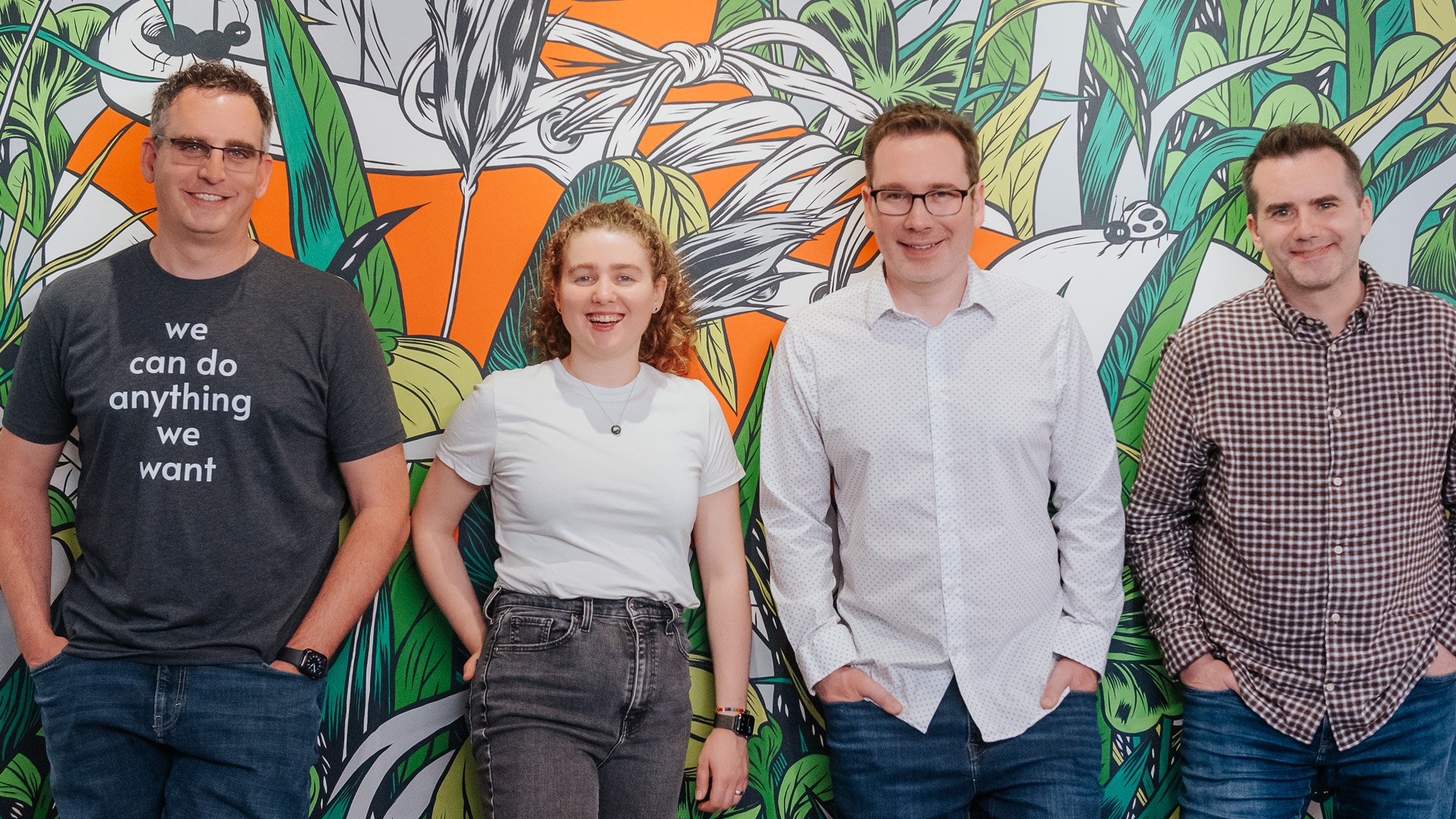This month Radical Ventures announced its investment in Infima Technologies, a Stanford spin-out using deep learning and computational technologies to generate more accurate forecasts for credit markets, starting with the secondary mortgage market.
The US fixed income markets are the largest in the world, comprising nearly forty percent of the $127 trillion securities outstanding across the globe. Predictions of borrower behaviour are business-critical for the 12,000 investors, dealers, and lenders who participate in the market. These participants currently rely on legacy data and software vendors, which offer low accuracy and untimely predictions of borrower behaviour, resulting in lower investment returns. Infima is currently focused on mortgage-backed securities, the largest segment of the US fixed income market based on issuances and the second largest for daily trading, behind US Treasuries.
The company’s AI-powered prediction platform harnesses granular loan-level data on tens of millions of mortgage borrowers spanning two decades and corresponding to billions of data points offering predictions that are ten times more accurate than existing industry models. Infima’s deep learning based approach is key to producing this higher accuracy compared to traditional machine learning approaches used by other competitors. The platform allows users to see real-time predictions of borrower prepayment, default, and climate risk. Asset managers can use the platform to improve security selection and construct a portfolio that better maximizes yield while controlling risk. Dealers can also use the predictive platform to build better-performing inventories and refine sales narratives.
Founded by Professor Kay Giesecke, the Director of the Advanced Financial Technology Laboratory and leader of the Mathematical and Computational Finance program at Stanford, Infima’s team is comprised of leaders at the intersection of deep learning technologies and capital markets. Professor Giesecke guides the company’s research and development efforts as Chief Science Officer and Chairman. Hendrik Bartel, a seasoned founder and veteran fintech and ESG executive, has joined Infima as CEO. As the company scales, expect to see its prediction platform expand to other credit markets.
AI News This Week
-
Deep learning can almost perfectly predict how ice forms (MIT Technology Review)
Researchers have used AI to model more precisely than ever before how ice crystals form in the atmosphere. Ice nucleation is one of the first steps in the formation of clouds, where all precipitation comes from. Half of all precipitation events begin as ice crystals, which then grow larger and become precipitation. The method could significantly improve the accuracy of weather and climate forecasts. It could also aid climate forecasting by improving the ability to model clouds, which affect the planet’s temperature in complex ways. Radical Ventures has invested in this space including portfolio company ClimateAI – a pioneer in applying AI to climate risk modeling through improved weather and climate forecasts.
-
Google is training its robots to be more like humans (Washington Post)
Google researchers are using results from large language models to teach simple robots to make decisions and perform more complicated tasks. Instead of having to encode robots with specific technical instructions for each task, researchers can simply talk to them in everyday language. While there are aspects of the tasks robots must “learn” on their own (the example cited in the article is gauging the force required to open a fridge door), this approach helps the robots parse complex multi-step instructions on their own. By incorporating language models into robotics, robots can interpret instructions they have never heard before and come up with responses and actions that make sense.
-
AI can help Indigenous people protect biodiversity (Scientific American)
One million species are at risk of extinction and one in five people depend on these species for food and income. Technology may play a role in both conserving biodiversity and securing Indigenous land rights and the United Nations and several NGOs have been working to proactively protect wild species with local and regional monitoring networks. In one case, advanced AI is providing acoustic monitoring to analyze sound data within seconds. The tool can alert action-ready patrols when critical intervention is needed. For example, the tool can catch sounds associated with illegal mining or logging from a chainsaw or drill. One of the first AI-based Indigenous conservation projects was co-developed with the Coral Gardeners which monitors endangered reefs. In Brazil, the Tembé tribe, coordinating with the nonprofit Rainforest Connection, have built a low-cost alert system that uses recycled cell phones and an open-source AI software called TensorFlow. AI-mediated conservation, centered on meaningful participation with Indigenous peoples, is one way to keep biodiversity live, innovative, and politically consequential.
-
Research: High-resolution image synthesis with latent diffusion models [pdf] (arXiv)
Diffusion models (DMs) are a newer alternative to the well-known Generative-adversarial neural network (GAN) from 2020. They are commonly used for image upscaling, denoising, and conditional image generation. DMs are models that create new images based on likelihood (likelihood-based models). Researchers at the Ludwig Maximilian University of Munich developed a new, more powerful DM-based AI image generator that addresses some of the quality issues associated with AI-generated images. Using latent diffusion models, the researchers created a simple and efficient way to significantly improve both the training and sampling efficiency of denoising diffusion models without degrading their quality.
-
AI could make air conditioners 10x better (IEEE Spectrum)
The energy we spend on cooling indoor spaces has tripled since 1990. Yet, air conditioners have not substantially changed. Air conditioners cool buildings by pumping indoor heat to the outside through a heat exchanger. The complex designs needed for heat exchangers are sweet spots for both AI-based design and 3D printing. One recent AI-based design allows engineers to make components with radically different structures using biomimicry (design mimicking nature such as corals). The new designs boost energy efficiency by increasing the surface area and optimizing airflow. As the world warms and energy demand skyrockets, air conditioning innovation will increasingly be a priority.
Radical Reads is edited by Leah Morris (Senior Director, Velocity Program, Radical Ventures).




